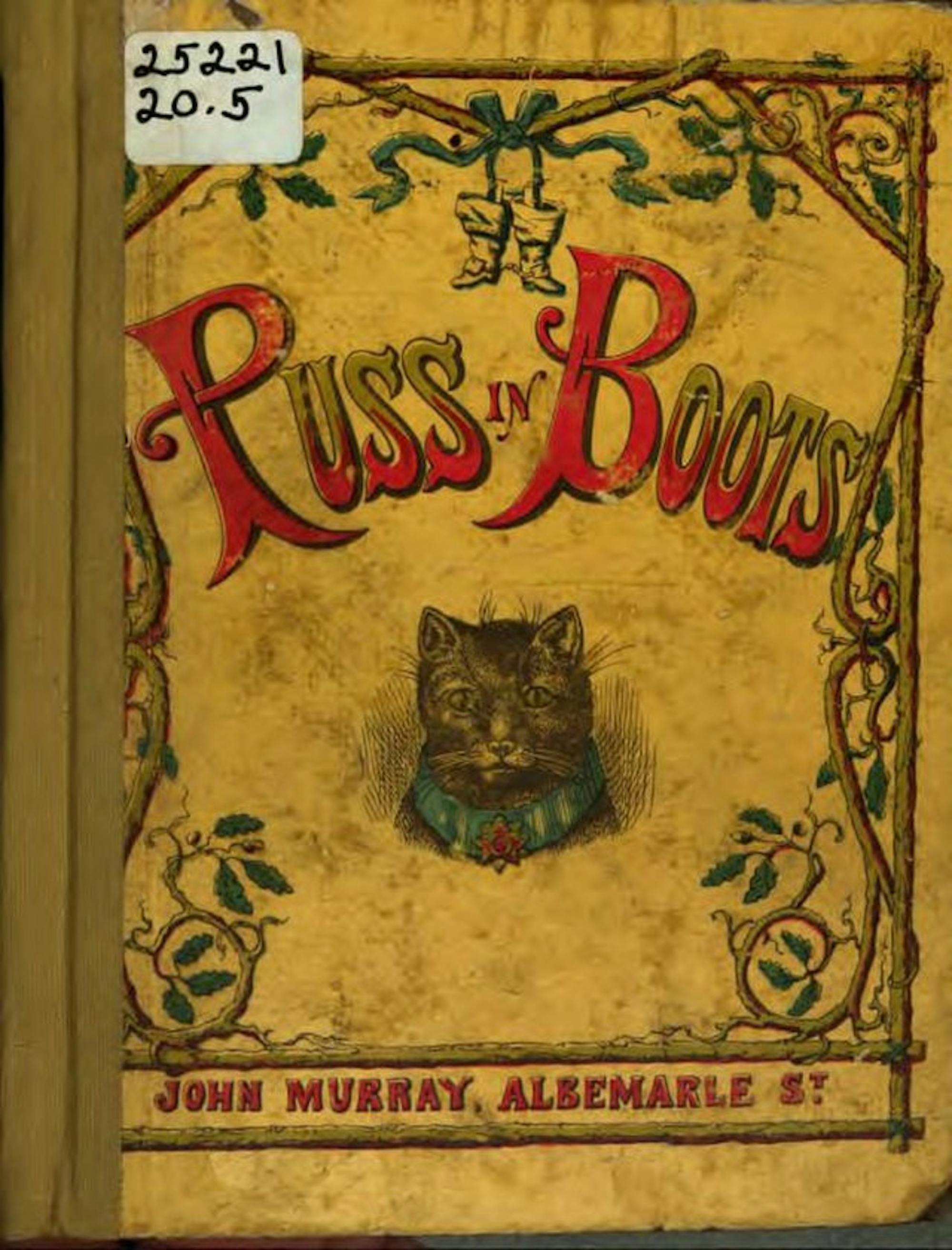Succeeding the original “Puss in Boots” (2011), “Puss in Boots: The Last Wish” (2022) presents our charming protagonist as his usual hedonistic and proud self. Unfortunately, after a joust that goes awry, Puss(Antonio Banderas)discovers that he is on the last of his nine lives. But of course, our fearless hero laughs in the face of death and dismisses the prescription of retirement. However, after a chilling encounter with a hooded, red-eyed wolf (Wagner Moura), Puss flees.
Out of shame and fear, Puss buries his uniform and takes up shelter at Mama Luna’s home for strays, and it is here that Puss meets an unlikely friend: the small, chihuahua-like dog, Perrito (Harvey Guillén). Clumsy and optimistic, Perrito is in many ways an antithesis to Puss. Despite serving as a comedic character for many portions of the movie, his innocence and clarity become his greatest sources of wisdom.
Other well-known characters are also presented: Puss’s former flame, Kitty Softpaws (Salma Hayek Pinault); Goldilocks (Florence Pugh) and the three bears (Olivia Colman, Samson Kayo and Ray Winstone), now a working crime family; and the baby-faced and bloodthirsty Jack Horner (John Mulaney), a collector of coveted fairy tail memorabilia. Their paths intertwine as they race to find the Wishing Star, a mythical object that can grant its owner any wish they desire, and in this mythical race, every character wants first place.
“Puss in Boots: The Last Wish” is visually delightful, and alongside animated works like “Arcane: League of Legends” (2021–) and “Spider-Man: Into the Spider-Verse” (2018), it reflects the growing artistic inclinations of the animation studios. While previous DreamWorks projects have focused on drawing their lines infinitely closer to hyper realism, “Puss in Boots: The Last Wish” pulls away and embraces the more freeform washes of paint reminiscent of digital illustration. Perhaps this has partially to do with the success of Japanese animation techniques in media, and such inspiration is seen most clearly in the action-packed segments of “Puss in Boots: The Last Wish.”
There is a moment toward the beginning of the film, when Puss first encounters red-eyed Death, that overshadows the remainder of the film in its technical excellence: after a theatrical duel with the wolf, Puss is nicked in the forehead. He notices the blood that has dampened his paw and the music in the theater lowers into an eerie whistling. We see, through his eyes, the milestones and memories of his life flash across the screen in gold, and the sudden fear of death, not just Puss’s but also our own, holds the audience in awe.
This moment feels like the peak, and no other moment in the story captures the audiences’ attention at a level remotely as high. After the introduction of the Wishing Star map, the agenda of this movie becomes quite clear, and the trajectory of the plot follows in accordance to easily formed predictions. The audience is carried through the rest of the movie through bits of comedy and occasional epiphanies, but these following scenes largely remain outshined, even the final battle scene. Regardless, the confidence and ambition of “Puss in Boots: The Last Wish” shines through. It is a movie that ponders the absurdity of fear and love in a way that is invigorating, and it confronts the existence of that fatal and final destination with a tact and a sense of humor that keeps it light on its feet.






